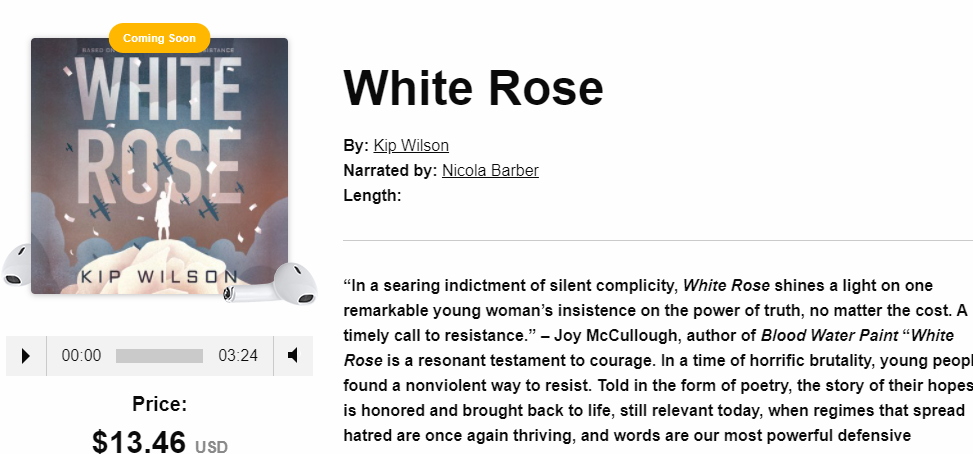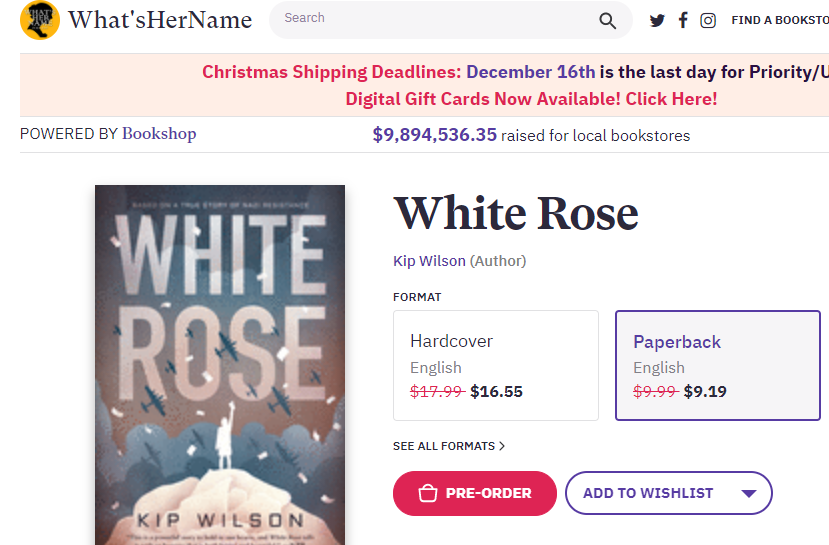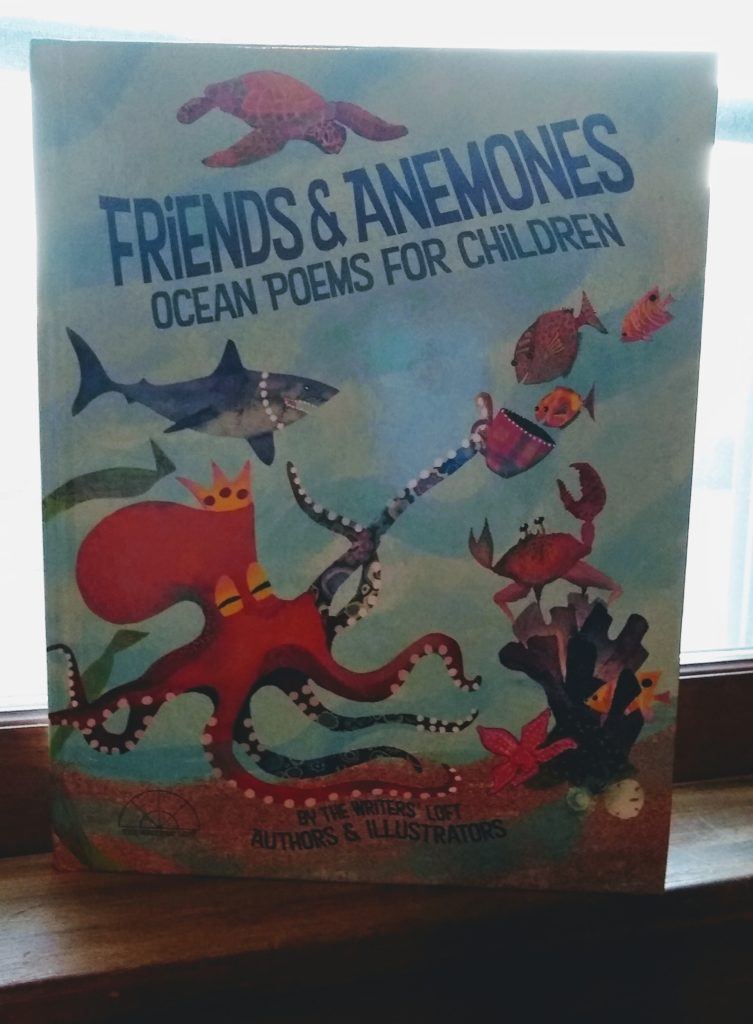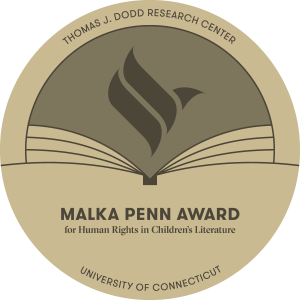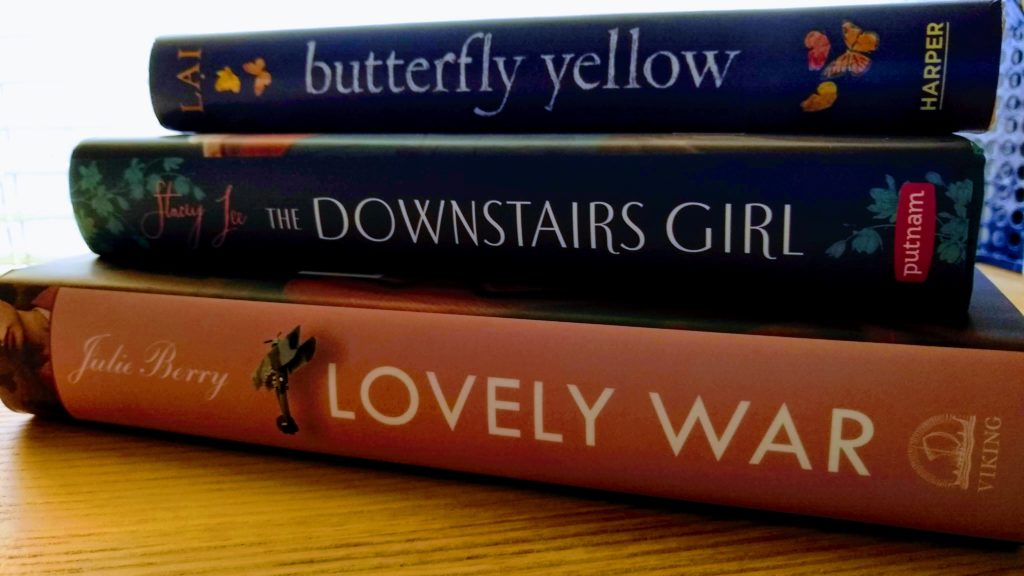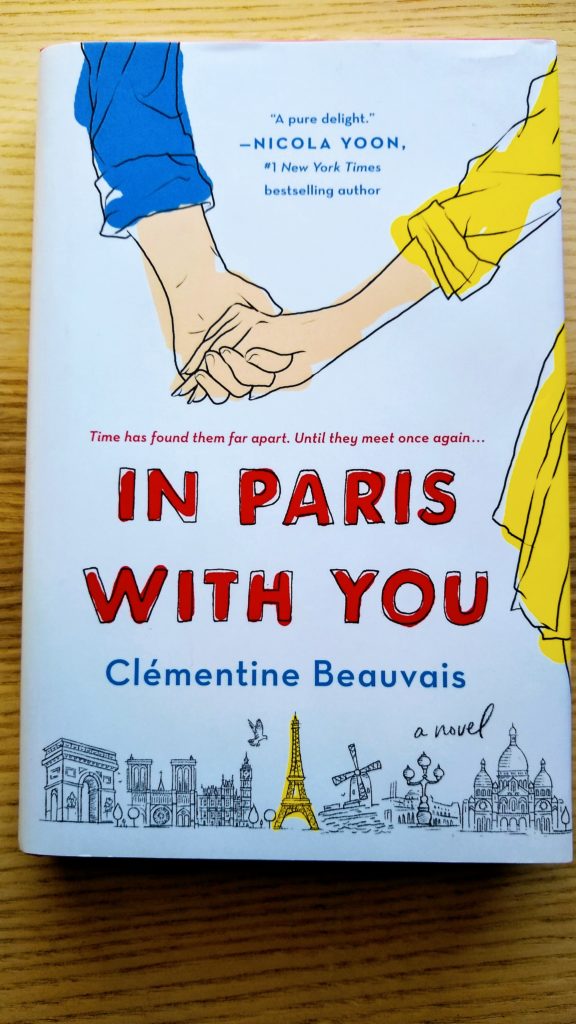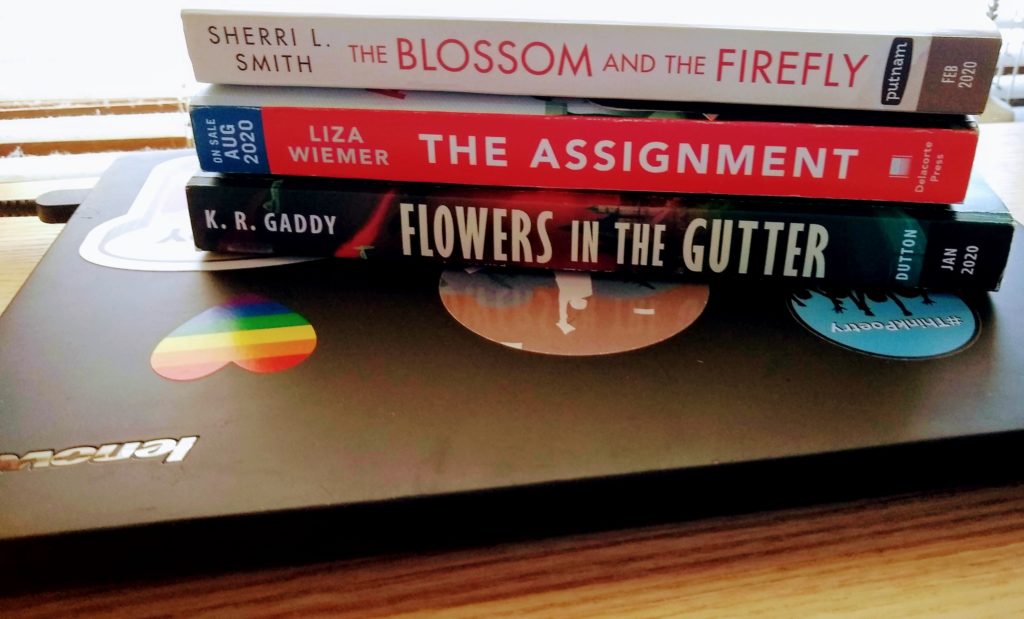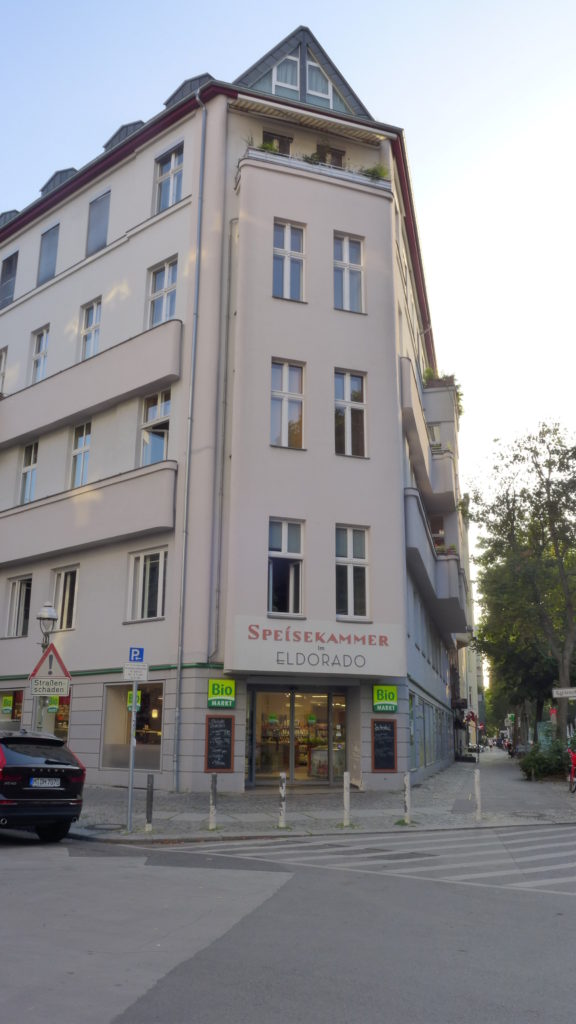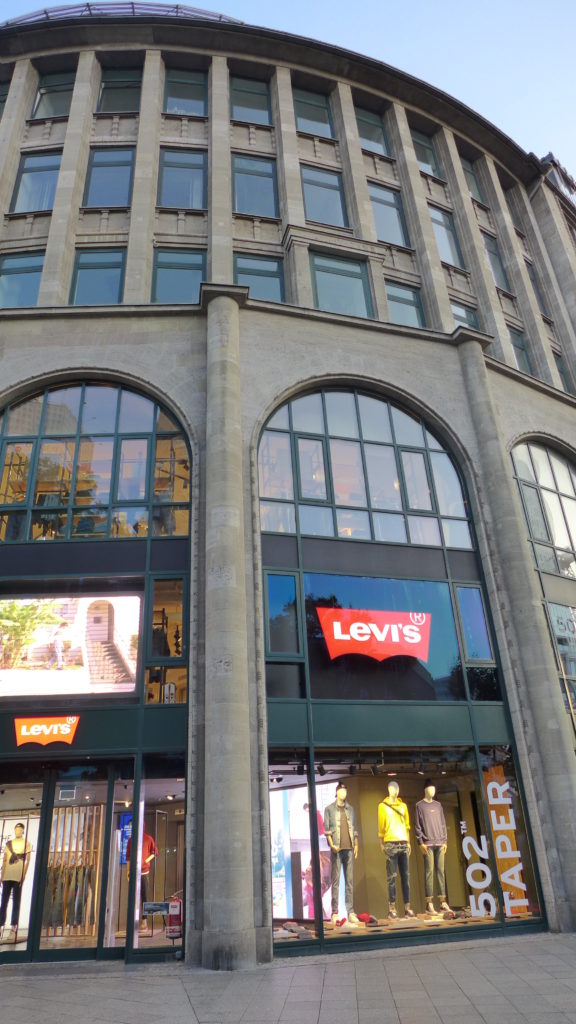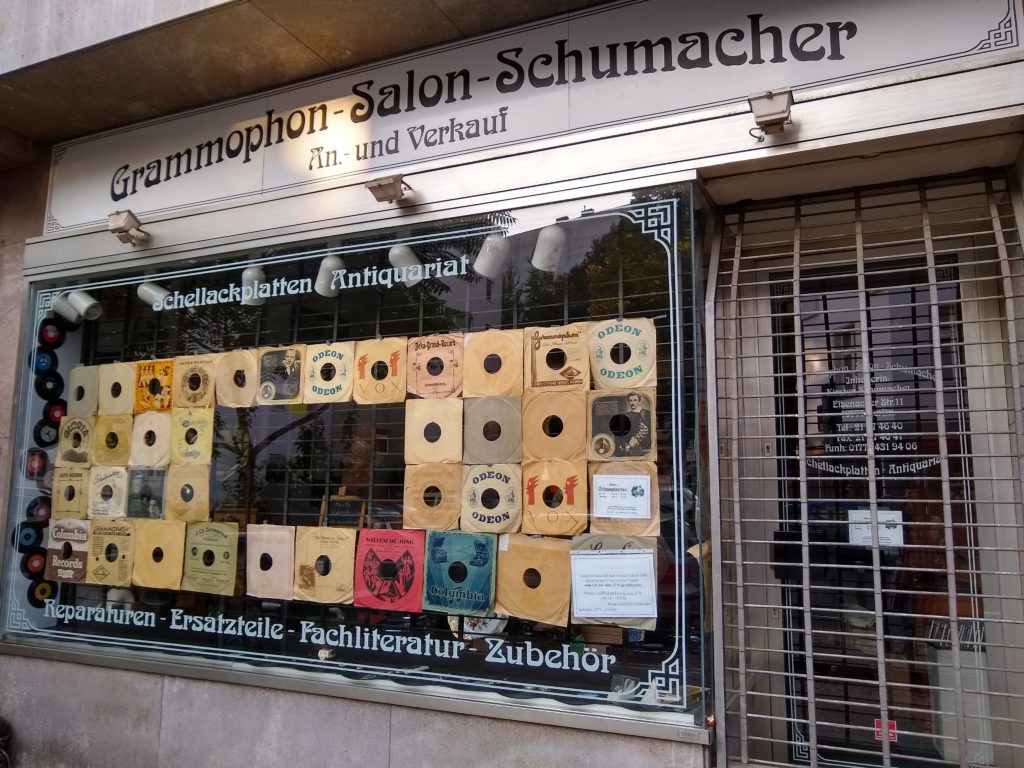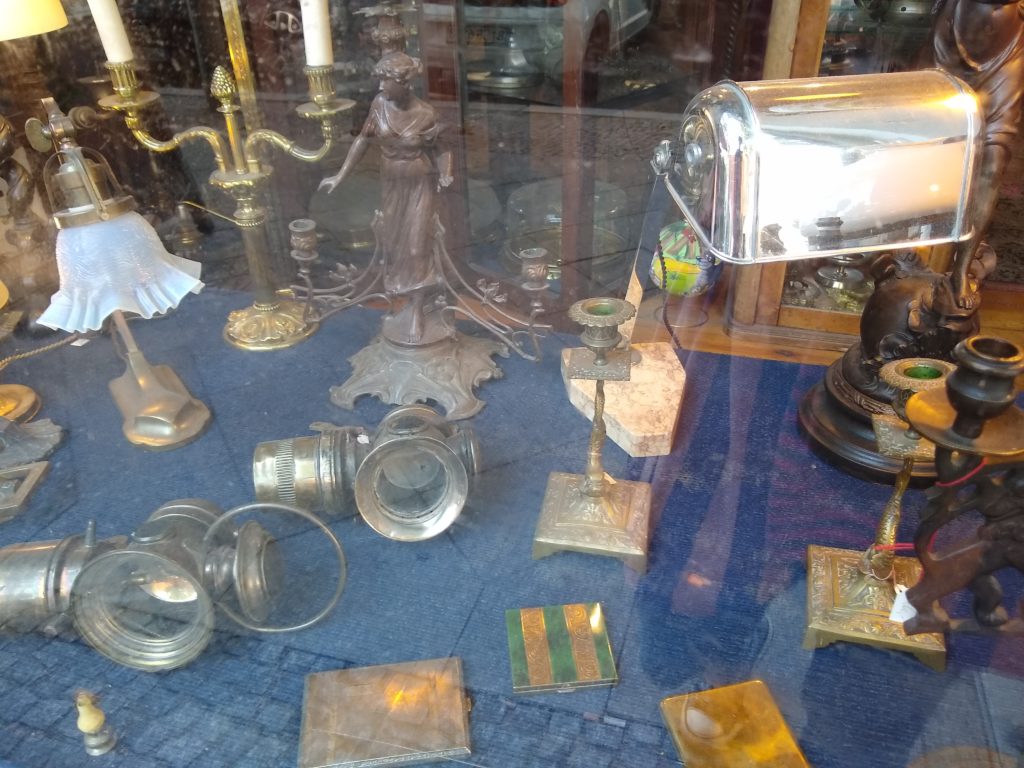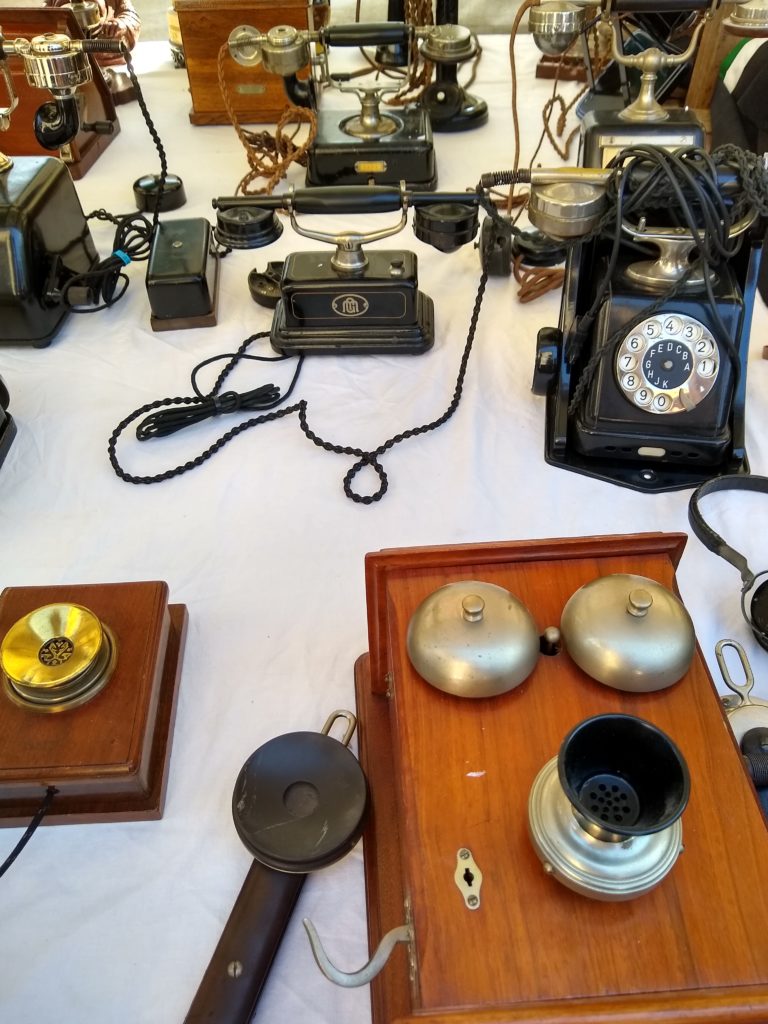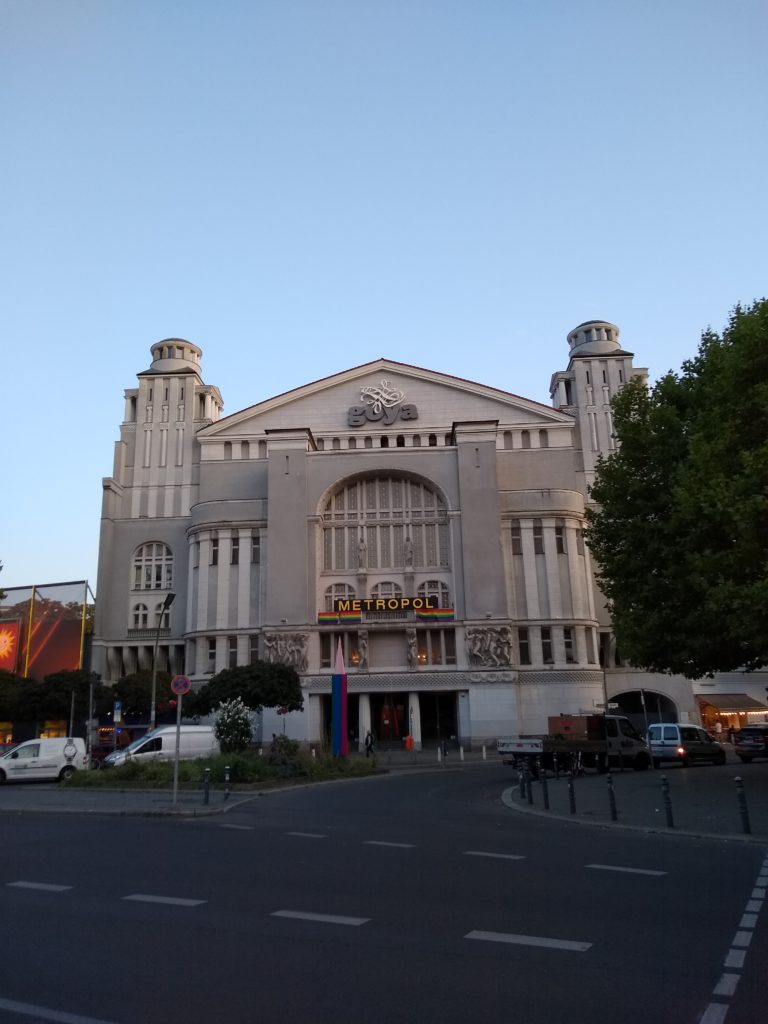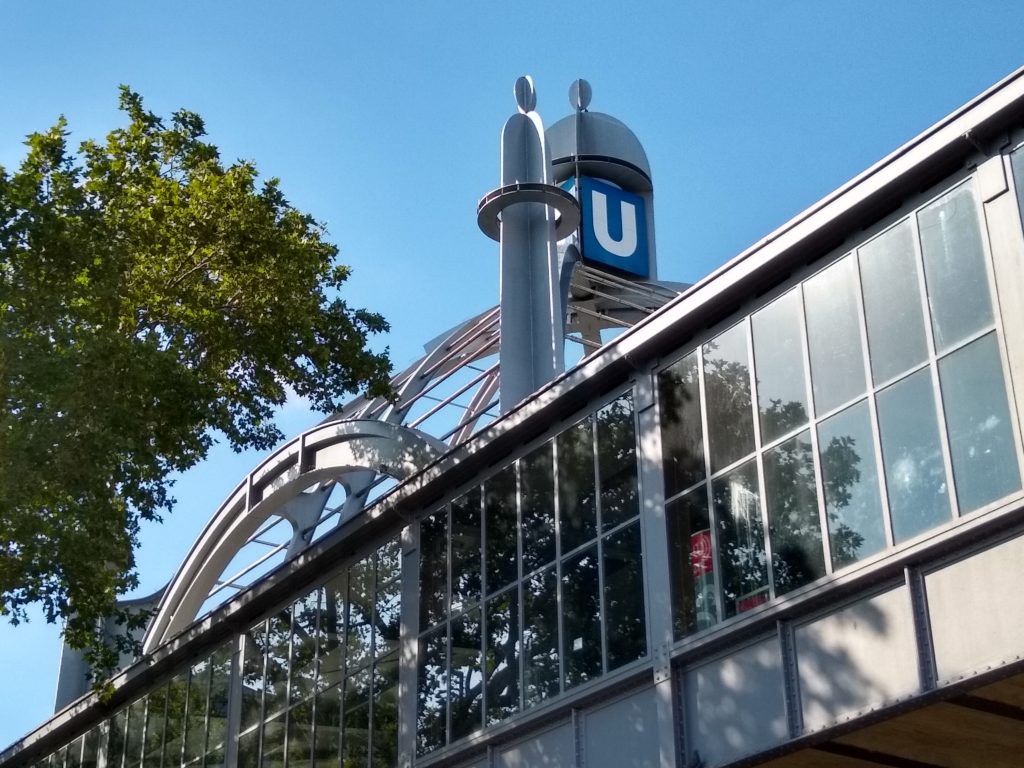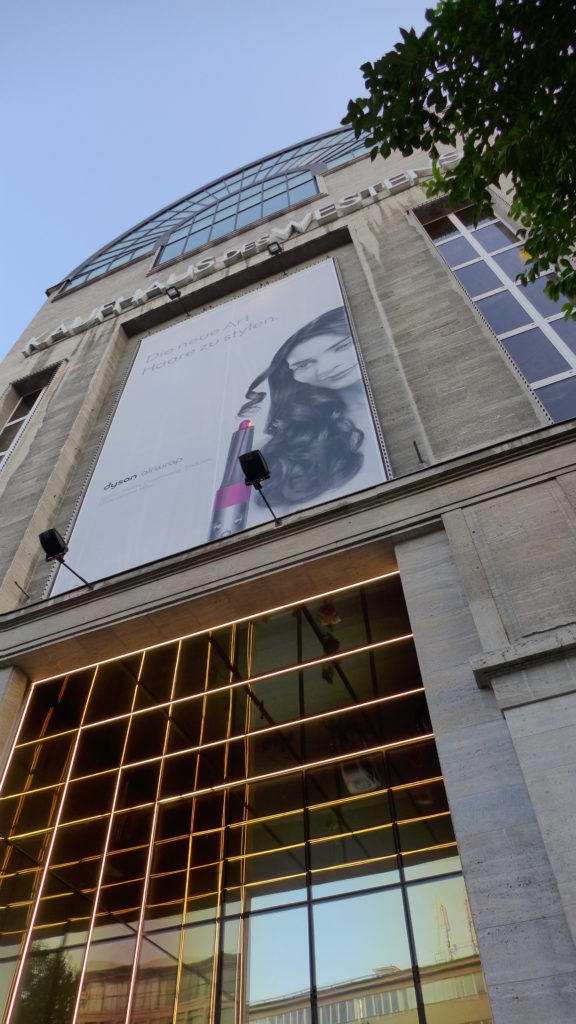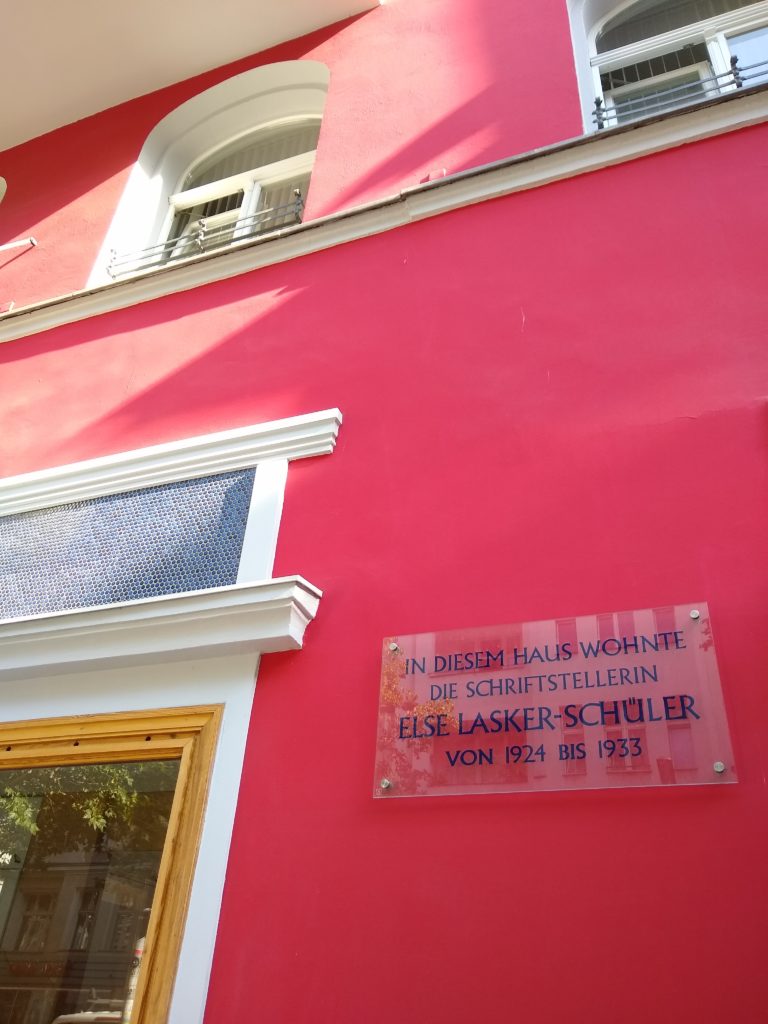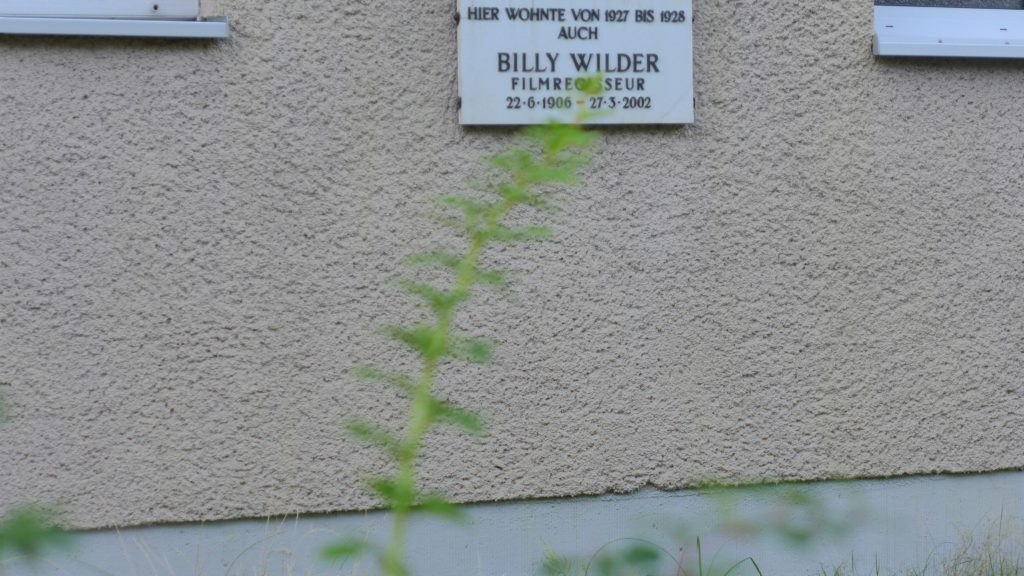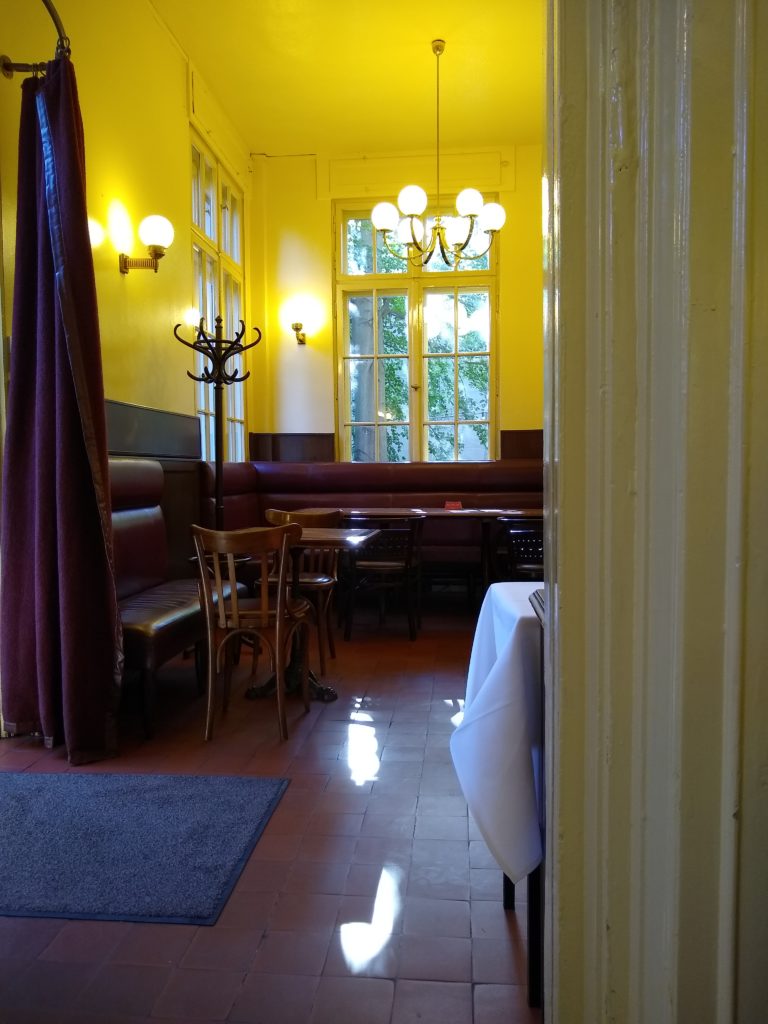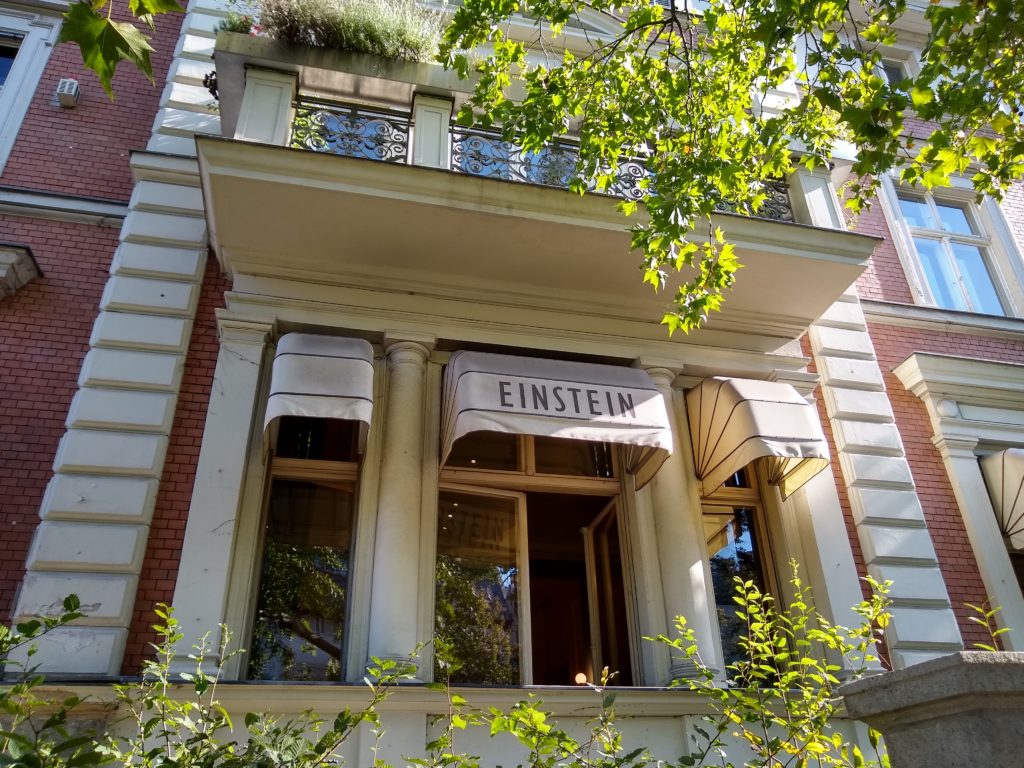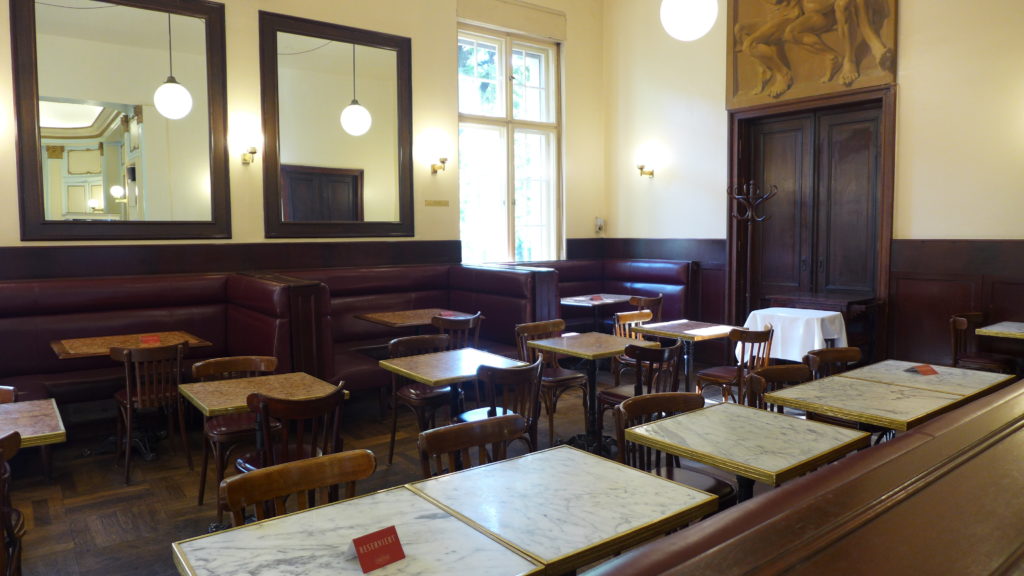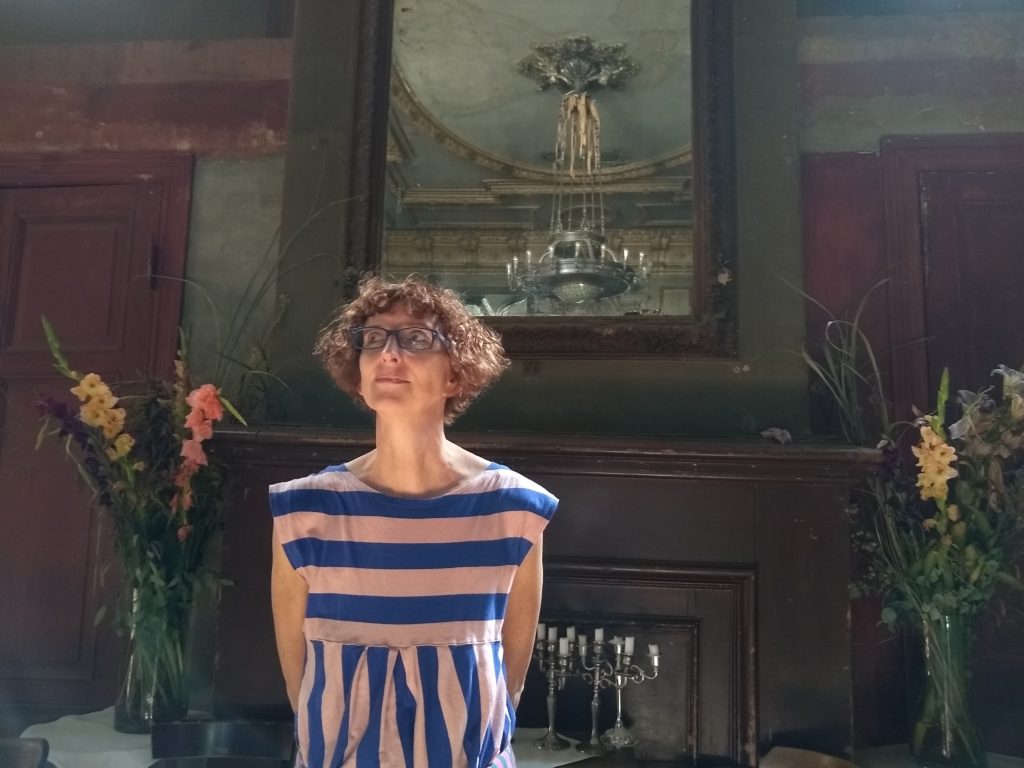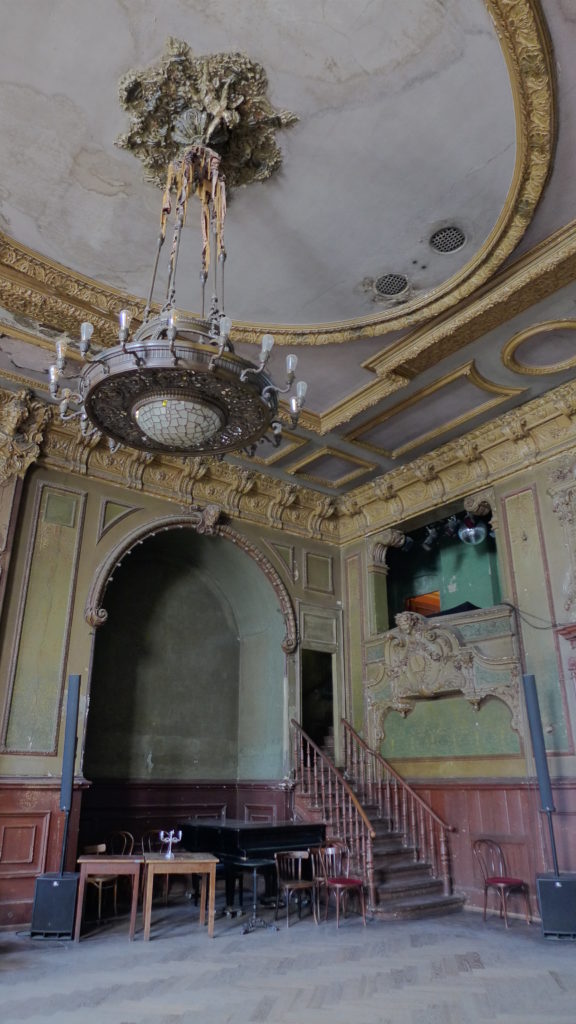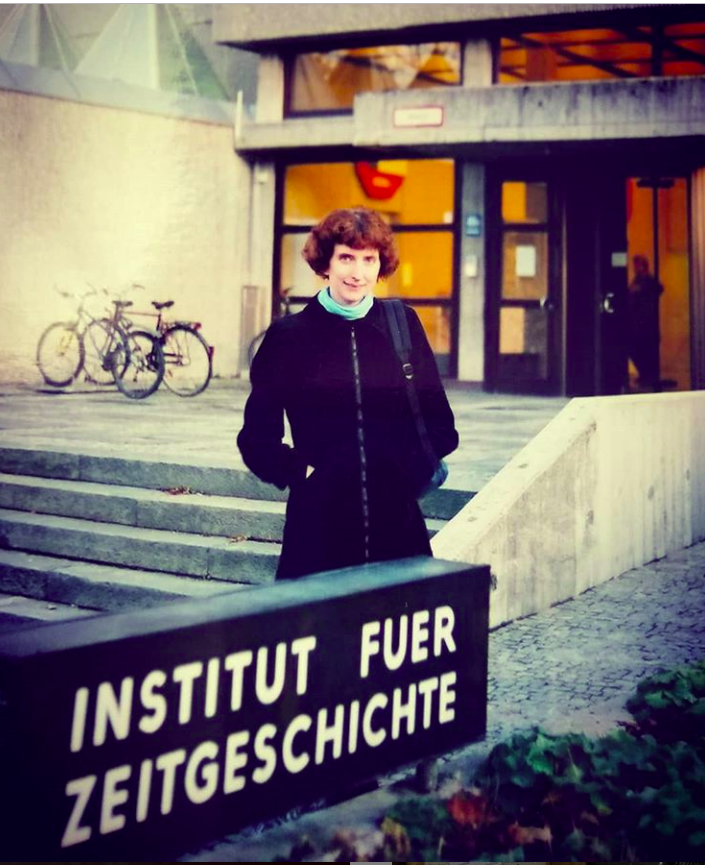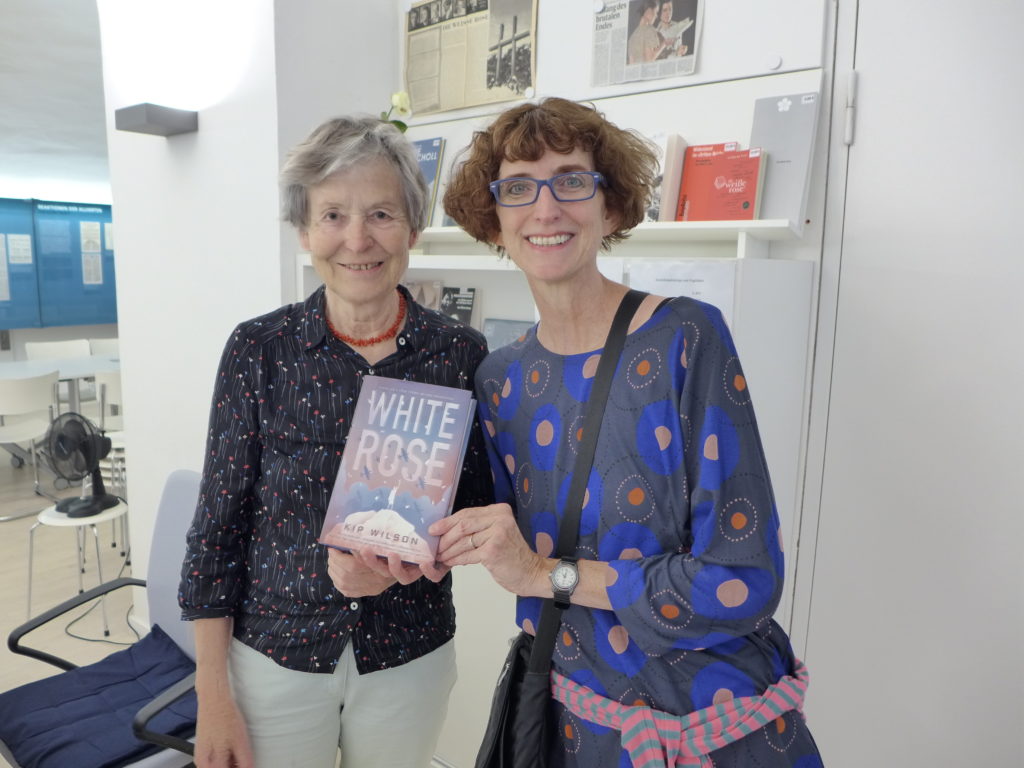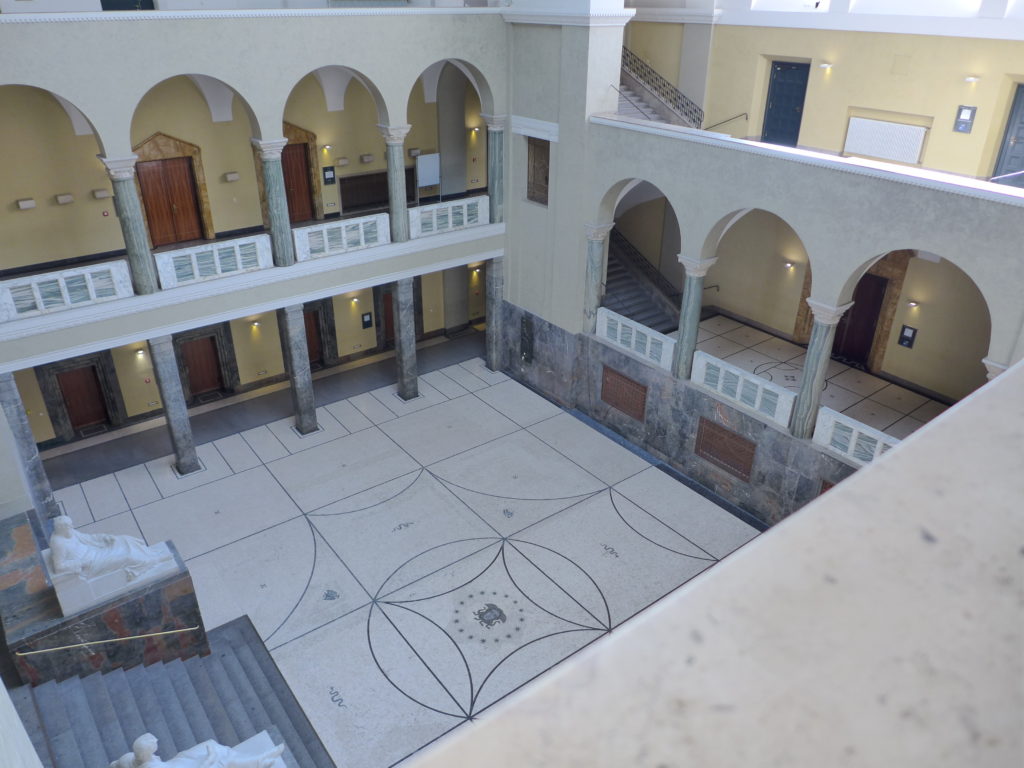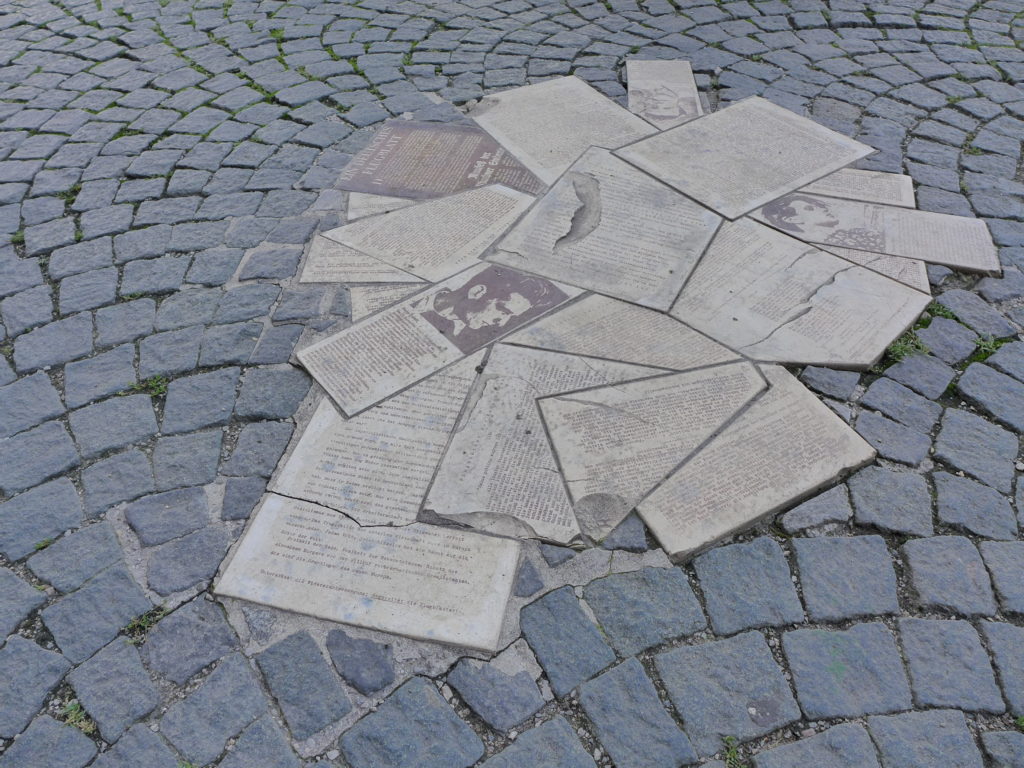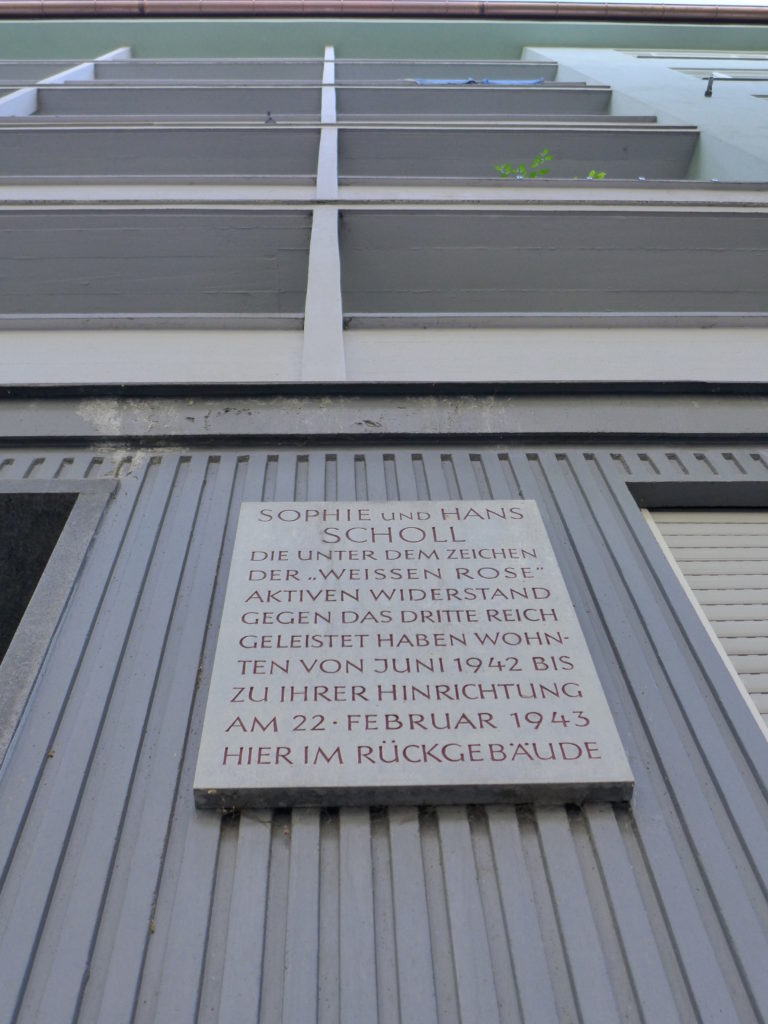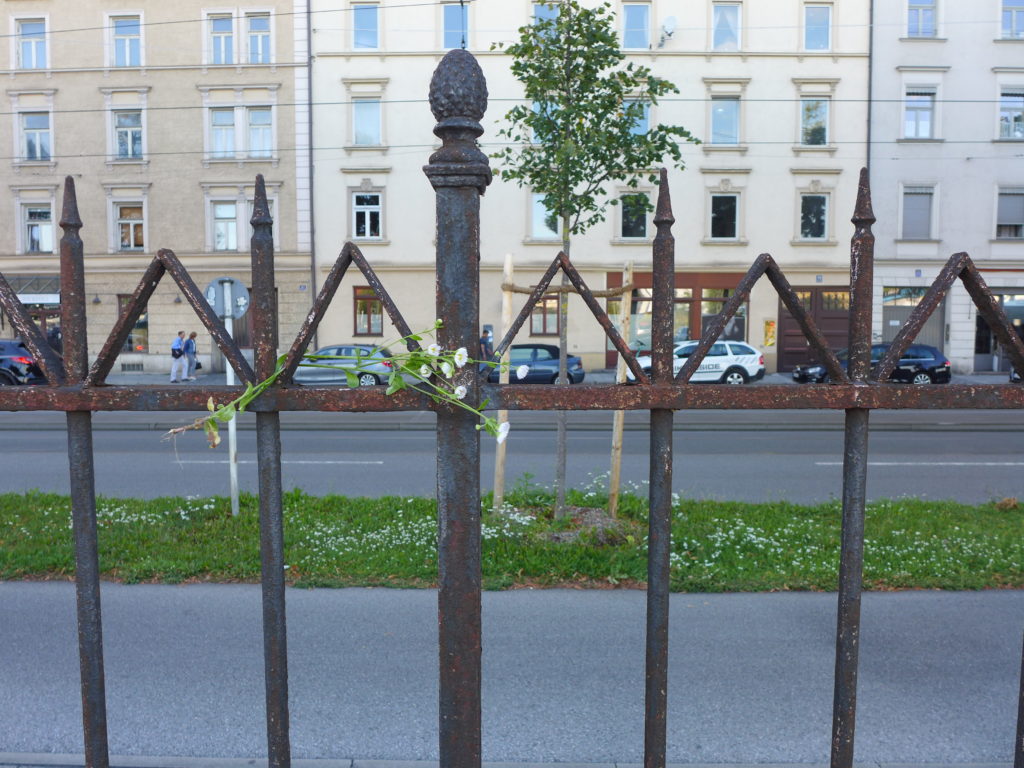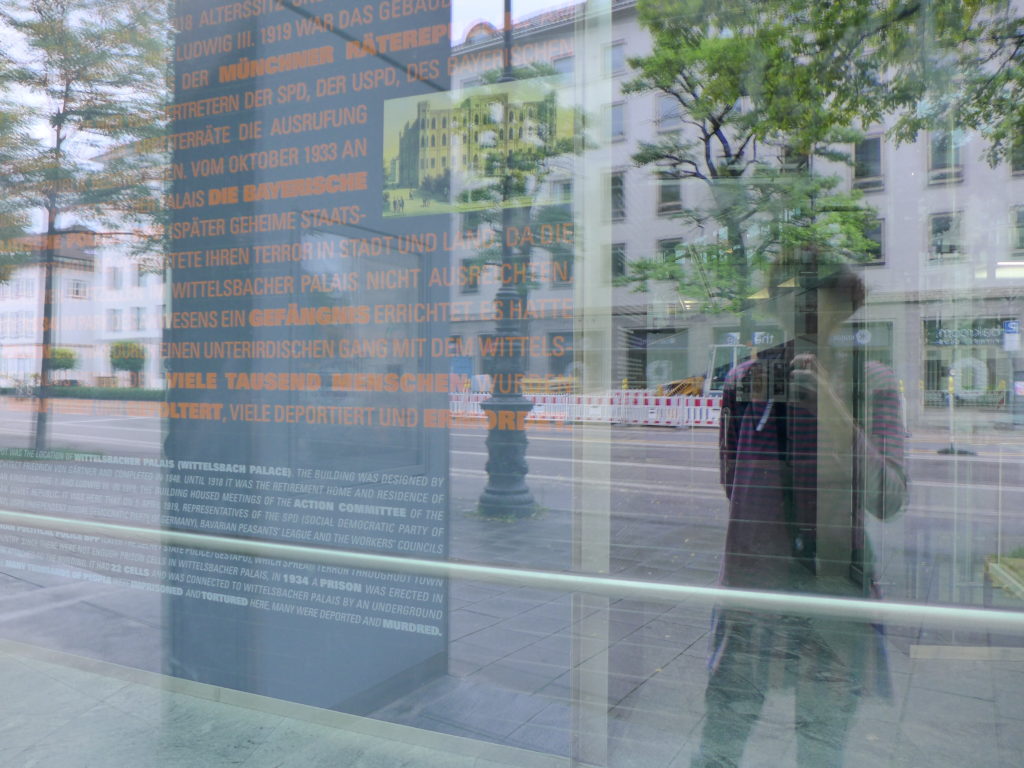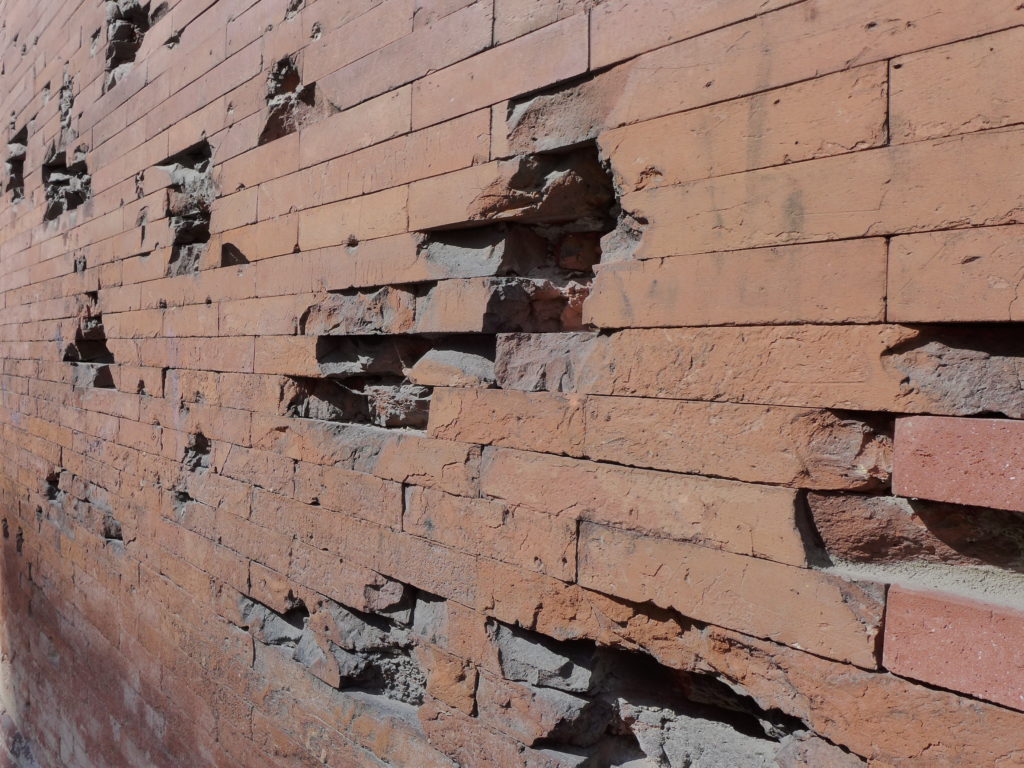What a year, right?
I know a lot of people didn’t have the energy to read much this year (totally understandable!), but reading is normally one of my escapes, and it was even more so this year. I’m closing in on 100 books for the year (two left to go), but I’m more than halfway on both of the last two, so I can safely say they won’t be favorites. As usual, most of my reads this year were YA titles, along with some MG, a handful of adult fiction, and a healthy stack of nonfiction research titles.
Also as usual, some of my favorite books of 2020 were YA historicals!

WE ARE NOT FREE by Traci Chee. This beautifully-written book showed me how little I knew about Japanese internment camps during WWII, despite having read several books about the subject already. It was a National Book Award finalist, and I wouldn’t be surprised if it picks up other awards down the road. Fourteen POVs! One of them in verse! So many feelings!
DARK AND DEEPEST RED by Anna-Marie McLemore. Simply gorgeous writing! This queer retelling of THE RED SHOES set in 1518 in Strasbourg made me swoon. McLemore often makes my personal best-of lists, and this was one of my favorites yet.
A CLOUD OF OUTRAGEOUS BLUE by Vesper Stamper (author/illustrator). This (1348) plague book felt incredibly relevant today (oof), and the beautiful illustrations alongside the lyrical text brought the story to life. A orphaned teen with synesthesia illuminating manuscripts when the Black Death comes to town? Yes, please.
Besides historicals, something else I always love to read are books in verse. Two of my favorites this year:
THE BLACK FLAMINGO by Dean Atta. Somehow I missed that this came out in 2019 in the UK, but it was out here in the US this year. This coming-of-age story about a mixed-race gay teen growing up in London was just stunning.
PUNCHING THE AIR by Ibi Zoboi and Yusef Salaam. This powerful book about a Black boy wrongfully incarcerated showed me so much I didn’t know about the prison system. So much emotion in these pages.
I also found myself wanting to escape into the Before Times, so some of the contemporary novels out this year but written in the Before were favorites of mine, including:
MAD, BAD, & DANGEROUS TO KNOW by Samira Ahmed. Travelling to Paris in this dual-timeline (present day and 19th century) was a delicious escape, and unraveling the mystery of a Muslim woman connected to Alexander Dumas made for a gripping read!
THE LIFE AND (MEDIEVAL) TIMES OF KIT SWEETLY by Jamie Pacton. This feminist story is about a teen who wants to be a knight at the medieval restaurant where she’s a serving wench so she can earn more to help her family and attend her dream college. With a diverse set of characters and an honest look at poverty, this book offers a unique take on the college-bound YA novel.
Finally, books I loved in other genres and categories:
STAMPED: RACISM, ANTIRACISM, AND YOU by Jason Reynolds and Ibram X. Kendi. Nonfiction! This was such a fantastic non-history book (you’ll get this if you’ve read the book). I listened to the audiobook with my family, and we all learned so much history we didn’t know. The audio version was especially fantastic.
EFRÉN DIVIDED by Ernesto Cisneros. Middle grade! I loved quite a few middle-grade books this year, but this one really captured my heart. Efrén’s parents are undocumented, and when his mother is deported to Mexico, he must not only help with his young siblings and make do with very little, but also try everything he can to get his family back together. So many feelings in this lovely book. Dreamers and their families deserve to stay here!
UPRIGHT WOMEN WANTED by Sarah Gailey. Adult fiction! This book came out in 2019, but I didn’t read it until this year. It’s got an old west feel, but it’s set in a near-future United States, with a group of queer librarians delivering subversive literature on horseback. I loved everything about it.
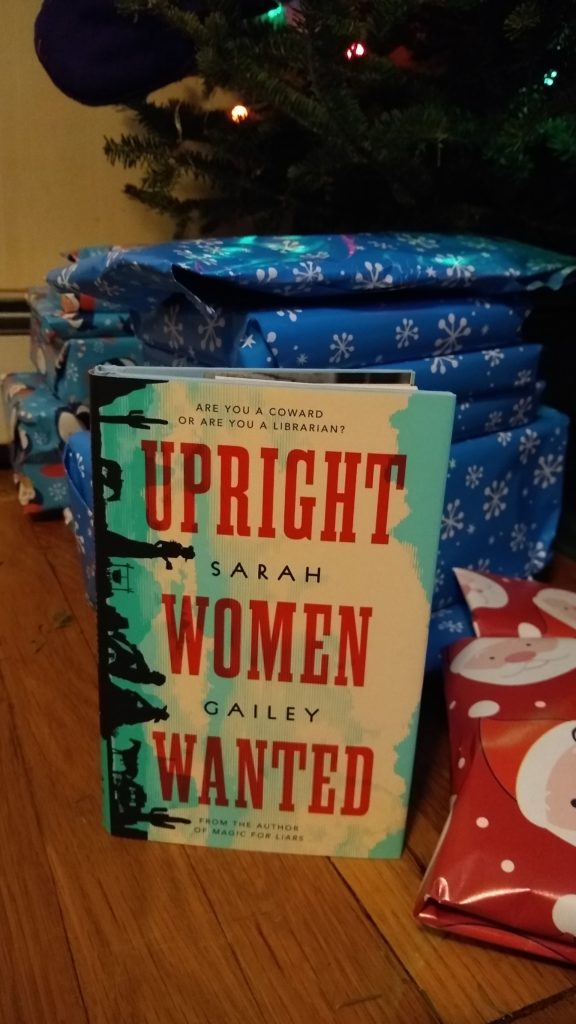
What about *you*? Please share your favorite books of 2020 here!
